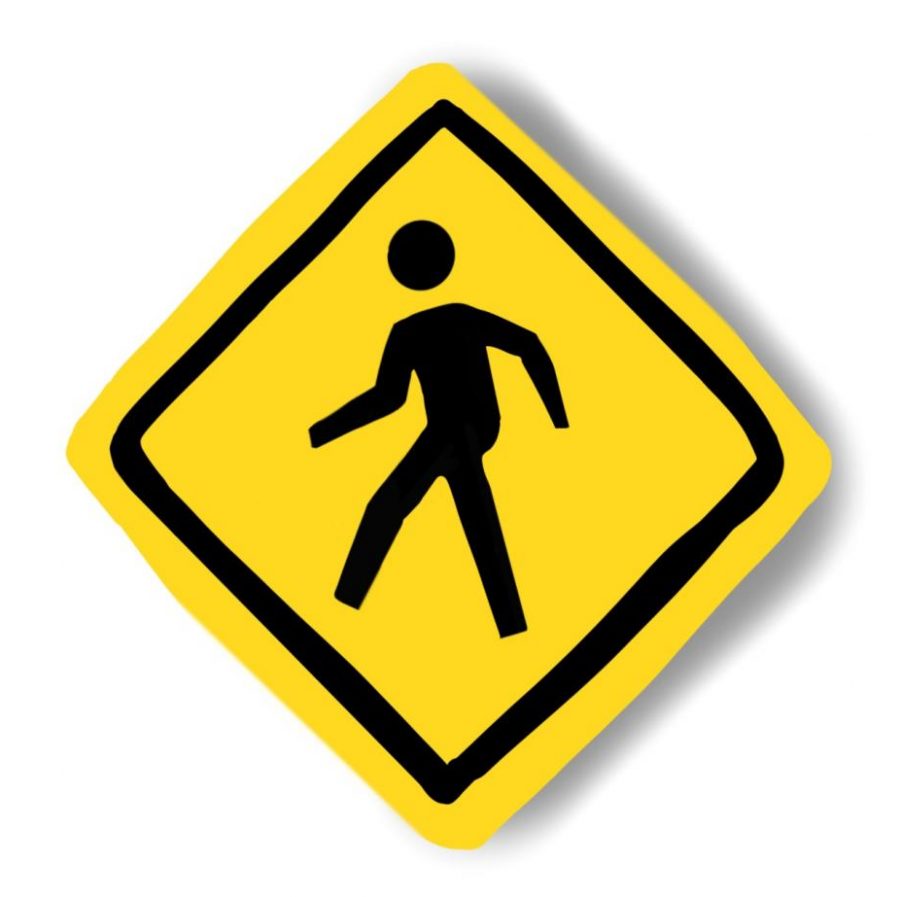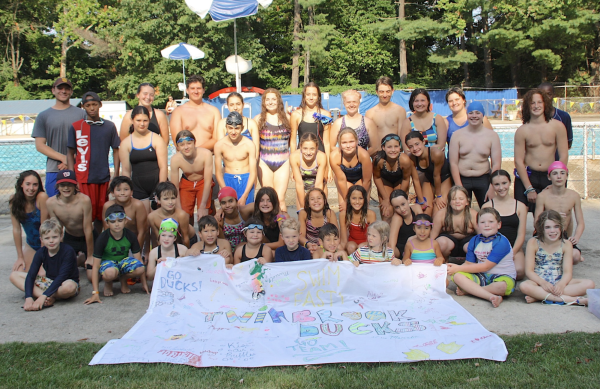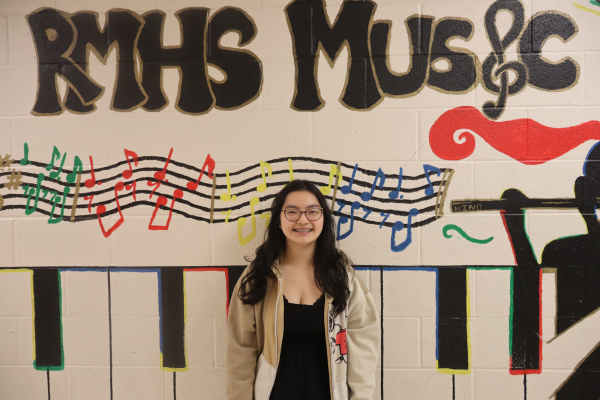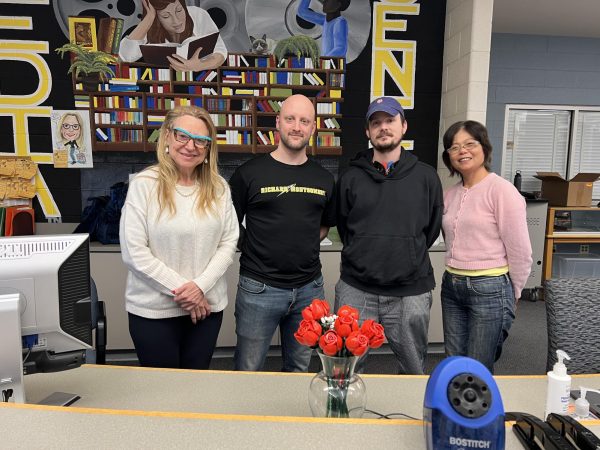Pedestrian safety remains paramount among students
In 2019, the number of pedestrian crashes in Montgomery County rose to 496—higher than years past.
Throughout the past year, the news has been filled with stories of students being hit by vehicles.
According to the Montgomery County Department of Transportation, within just the last five years, 292 teens in Montgomery County have been hit by cars. Even more concerning, Maryland is one of the top 10 states with the greatest number of pedestrian fatalities among teens ages 12 to 19. So what makes teens so susceptible to pedestrian accidents?
Many students at RM say that unsafe behavior while crossing the street is one of the leading factors. “Yeah, I mean, if you’re acting, you know, uncivilized on the street and you’re running through the street — that can cause damage to anyone,” senior David Domain said.
Especially around RM, many students walk outside during open lunch and after school, increasing the risk of pedestrian accidents. “I see students with their earbuds in walking down the street, and cars are coming in and out,” freshman Rebecca Beza said.
Even though most students know the basic rules of pedestrian safety, such as looking both ways before crossing, students are still subject to unsafe habits. “I think almost everyone has jaywalked before or even at least worn earbuds while walking,” junior Joseph Jasperse said. “I try not to and I do look both ways, but I don’t know if I always go at the right time especially when I’m in a hurry, but I try my best.” junior Rebecca Julka echoed.
Not only are students guilty of these potentially risky behaviors, but teachers have also admitted to these practices. “Sure, sure. I’ve done that. I grew up in Brooklyn, New York, and there were a lot of streets to cross, so we did that sometimes. We weren’t supposed to go,” Spanish teacher Nicole Sloane said.
However, others argue that students aren’t the only ones responsible for pedestrian accidents, but drivers are as well. “It mostly has to do with the fact that even though crossing signals say that you can go, cars don’t stop to let you go. You still have to watch out for cars that are turning that don’t stop to let pedestrians walk,” freshman Katherine Beza said.
“They [pedestrians] are not driving a 2000 pound vehicle — the vehicle is the one that can hurt them,” Ms. Sloane added.
Oftentimes, drivers overlook pedestrians, or are unwilling to completely halt at stop signs. Beza personally had such an encounter when crossing the street. “This car just came in really quickly. I guess he didn’t want to wait for me because he kept driving forward and didn’t really stop, so I just kind of sprinted to the end,” she recounted.
Like Beza, Julka has also experienced a close encounter with a car. “One time a few years ago, I was crossing the street and it had like a pedestrian thing, but since you could turn right on red, a car like bumped into me. I guess that’s more of an issue when you’re crossing. Make sure to look even if the light has changed,” Julka said. Luckily, she only received a bruise, but she still remembers the incident to this day.
With all these safety hazards and recent accidents near school grounds, MCPS has taken action to try and solve this problem. According to WTOP News, following the death of a Bradley Hills elementary school student and the critical injury of a high school student from Walter Johnson HS in December — both occurring with students crossing streets near their bus stop — MCPS has started to review bus stop locations and hopes that these evaluations will provide crucial information to plan and place bus stops safely across the county.
For preventative measures, MCPS has also taken steps to implement the national program, Safe Routes to School (SRTS), which aims to educate students about walking and biking safely to school. According to the MCPS website, SRTS has three main goals: to allow students to walk and bike to school, to make this type of activity safer, and to initiate projects to improve pedestrian safety while reducing traffic and pollution.
To fulfill these goals, MCPS has decided to focus on pedestrian education by promoting safety and enforcing traffic rules, and also by encouraging students to join the SRTS program. Furthermore, MCPS is working to improve infrastructure by upgrading sidewalks, traffic signs, and crosswalks.
In addition, MCPS has allocated funding in next year’s budget for the development of a bus-tracking app. This app would be able to tell students exactly when the bus will arrive that day, allowing them to safely arrive at bus stops on time without the reckless sprints across the street that many students have to undertake to catch a departing bus.
However, despite all these changes and improvements that MCPS is considering, many still feel that pedestrian safety is in the hands of drivers. According to MCPS, approximately 1,200 bus stop violations are caught by cameras attached to buses every single day. “In the end, the driver is still responsible for being aware of pedestrians,” Jasperse said.
Your donation will support the student journalists of The Tide, Richard Montgomery High School's student newspaper. Your contribution will allow us to purchase equipment and cover our annual website hosting costs.

Lilian is eager to be a Features writer for the Tide another year! She was a Features writer freshmen year as well and aiming to continue her streak for...
Matthew Wong is starting his second year writing for the features section of the Tide and loves to write about the different things happening in the RM...









